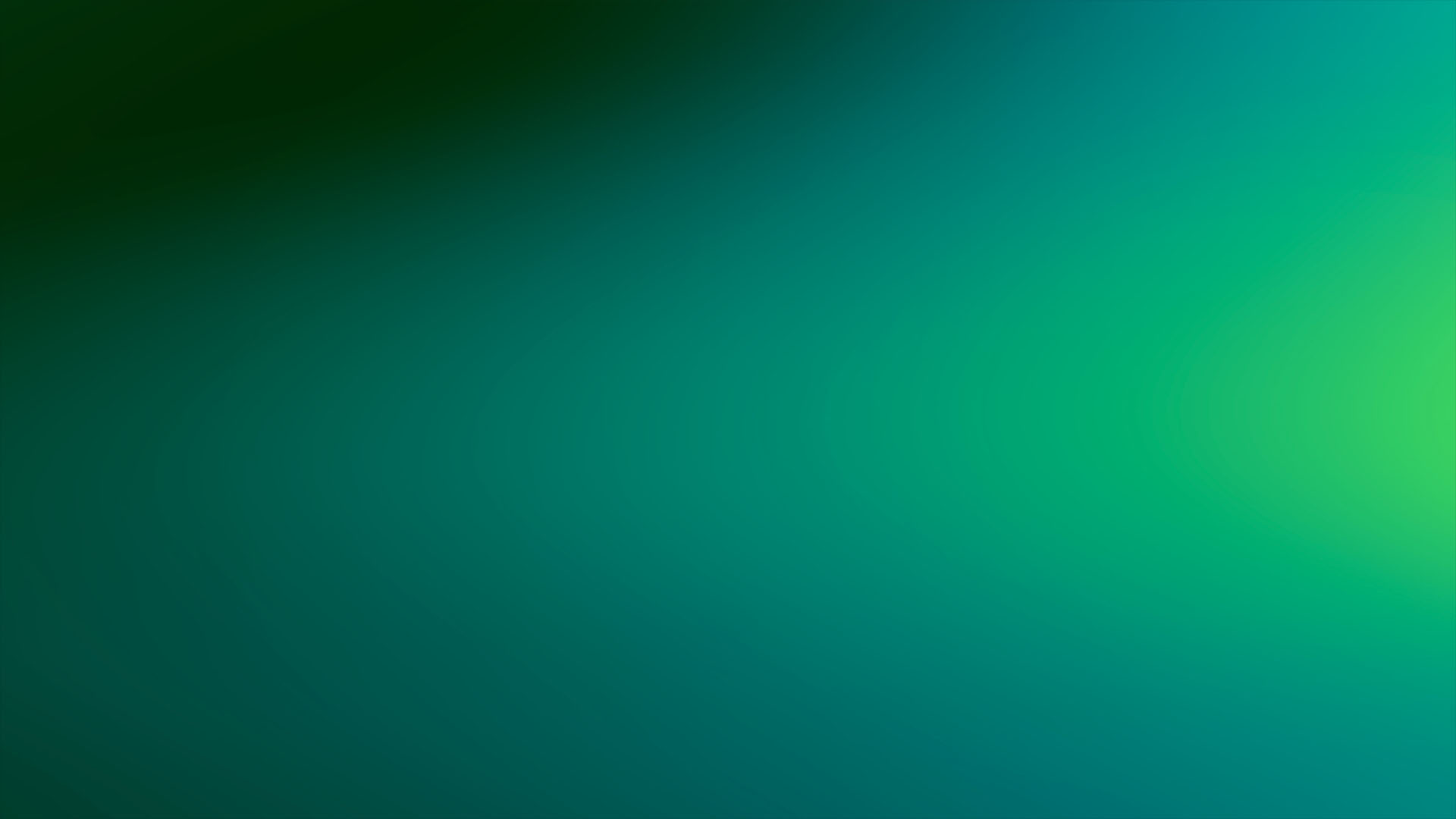
The second film, Feelings, looks at how art came to express our human emotions and the full range of what it is to be human. We want art to be about our human emotions, to express the full range of what it feels like to be human. We take this for granted now, but the idea of putting man, rather than God, at the centre of art was originally a revolutionary break from the predominantly religious art of the past – "one of those times when civilisation says, Crikey - a momentous change in human consciousness!". In this episode, Matthew Collings goes in search of the origins of that change. It’s a journey which takes him from the glories of Renaissance Italy to the turbulent, violent Paris of the French Revolution. The programme focuses on two great 18th century artists who, in diametrically opposed ways, expressed this new sense of human potential in their art – the French painter Jacques-Louis David, and the Spanish painter Francisco Goya. David was a revolutionary, who became the official propagandist of the French Revolution and whose name is on the death warrant for the French King. Goya experienced the bloody aftermath of the Revolution in Spain. David's art is all about the nobility of man, our higher aspirations. Goya explores our baser side, our darker fears, our murderous drives. Together they're what Collings calls 'the yin and yang of feeling'. Freed to express itself, humanity can be great – but it can also be monstrous. It's a revelation whose consequences we're still living with today. Collings also travels further back in time, to discover the first glimmerings of this art of human feelings in the Italian Renaissance. He celebrates the loveliness of the art of the great Florentine artist Giotto, and tackles the famous mystery of the most celebrated icon of the new vision of humanity that the Renaissance produced: Leonardo da Vinci's Mona Lisa. This is a film about how art shows us our own humanity – and about how we might not a